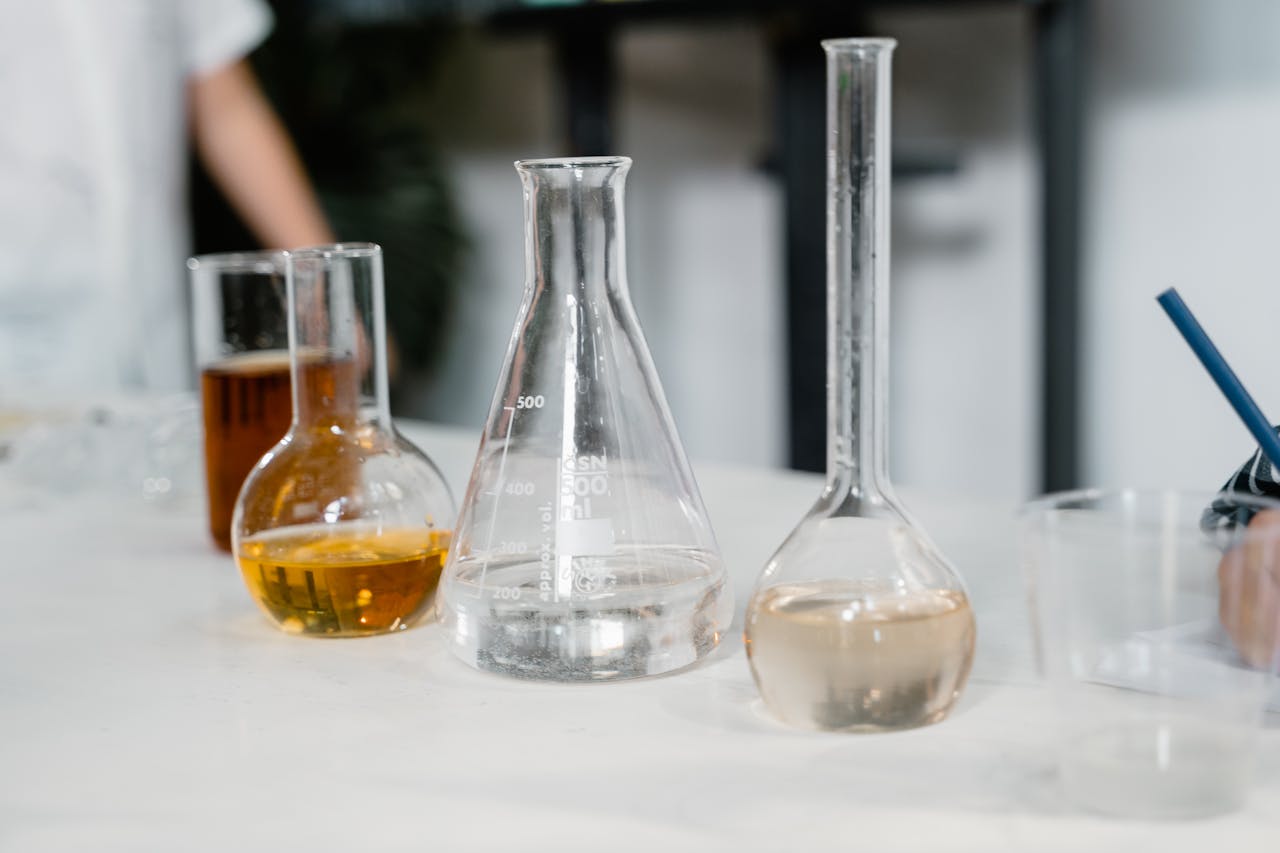
As environmental challenges and public health concerns continue to evolve, water testing in 2025 has become more critical than ever. With rising pollution, aging infrastructure, and climate change affecting water sources globally, understanding water quality has taken center stage. Today’s water testing methods are faster, more accurate, and more accessible thanks to smart technology and AI integration. Whether it’s for drinking water, industrial use, or agriculture, regular testing ensures safety, compliance, and sustainability.
Why Water Testing Matters in 2025
Safe water is essential for life. In 2025, urban expansion and industrialization have increased the risk of water contamination, making regular water quality analysis a top priority for both households and businesses. Common contaminants include:
Heavy metals like lead, mercury, and arsenic
Microorganisms such as E. coli and Giardia
Chemical pollutants from agricultural runoff
PFAS (forever chemicals), microplastics, and pharmaceuticals
Testing helps identify these issues early, allowing corrective actions before waterborne illnesses or regulatory penalties occur.
Top Trends in Water Testing 2025
1. Smart Sensors and IoT-Enabled Devices
In 2025, smart water testing kits with real-time monitoring are being widely adopted. IoT-enabled sensors can now detect contaminants instantly, alerting users through connected apps. This continuous monitoring is a game-changer for public utilities, manufacturers, and even home users.
2. AI-Driven Water Quality Analysis
Artificial Intelligence is revolutionizing the accuracy and speed of water contamination detection. Machine learning models analyze data from various sensors to predict contamination risks and recommend treatments automatically.
3. At-Home Testing Kits
Thanks to technology, DIY water testing kits have improved dramatically. Users can test their tap or well water at home and get instant results via smartphone apps. These kits are affordable and offer testing for over 20 parameters including pH, hardness, chlorine, nitrates, and bacteria.
4. Remote and On-Demand Lab Testing
In 2025, mobile testing labs and remote sampling kits enable users in rural or underserved areas to collect samples and ship them to certified labs. Results are typically available within 24-48 hours.
Industries Relying on Water Testing in 2025
Municipalities: To comply with environmental standards and provide clean drinking water
Food & Beverage Industry: To ensure product quality and meet hygiene regulations
Pharmaceuticals & Healthcare: For sterile environments and accurate production
Agriculture: To manage irrigation quality and avoid soil degradation
Construction & Manufacturing: To monitor discharge and effluent water
Government Regulations and Compliance
With updates to environmental laws, especially in regions like the U.S., EU, and India, water testing compliance is under tighter scrutiny in 2025. The Safe Drinking Water Act, EPA Water Quality Standards, and local environmental boards now mandate digital logs of water testing data for audits.
Choosing a Water Testing Service
When selecting a service provider for water testing in 2025, consider the following:
Accreditation from national or international labs
Range of tests offered (biological, chemical, heavy metal, etc.)
Turnaround time and reporting formats
Reputation and reviews
Support for customized testing protocols
Conclusion
Water testing in 2025 is no longer just a precaution—it’s a necessity. With advanced technology and increasing public awareness, both individuals and businesses are empowered to take control of their water quality. Whether you’re a homeowner or a facility manager, investing in regular, smart water testing is a proactive step toward health, sustainability, and regulatory compliance.

